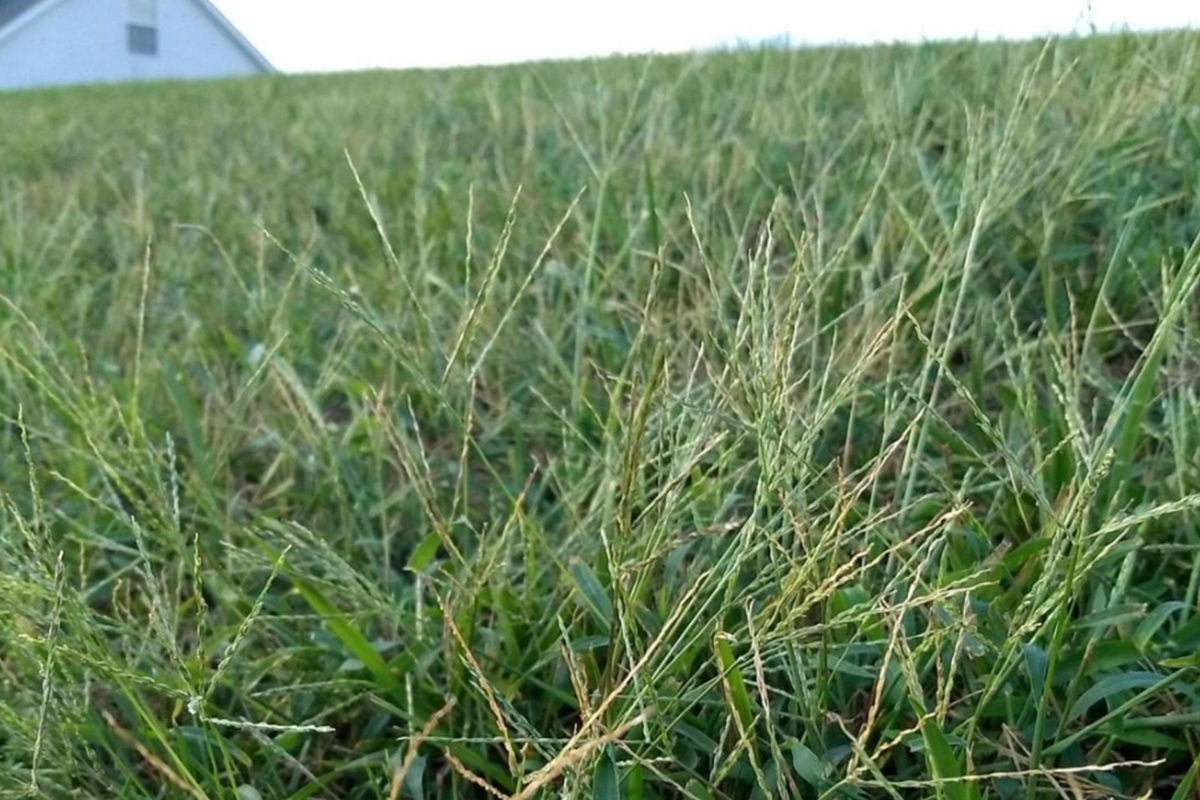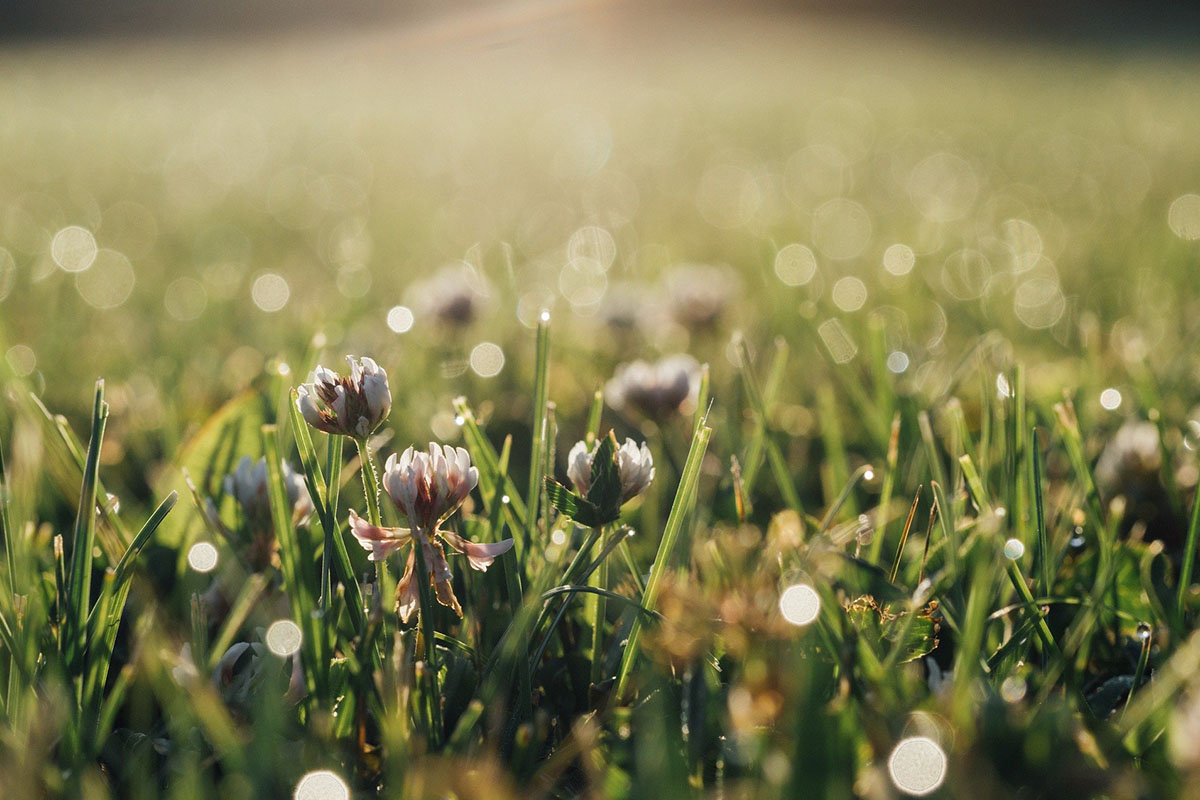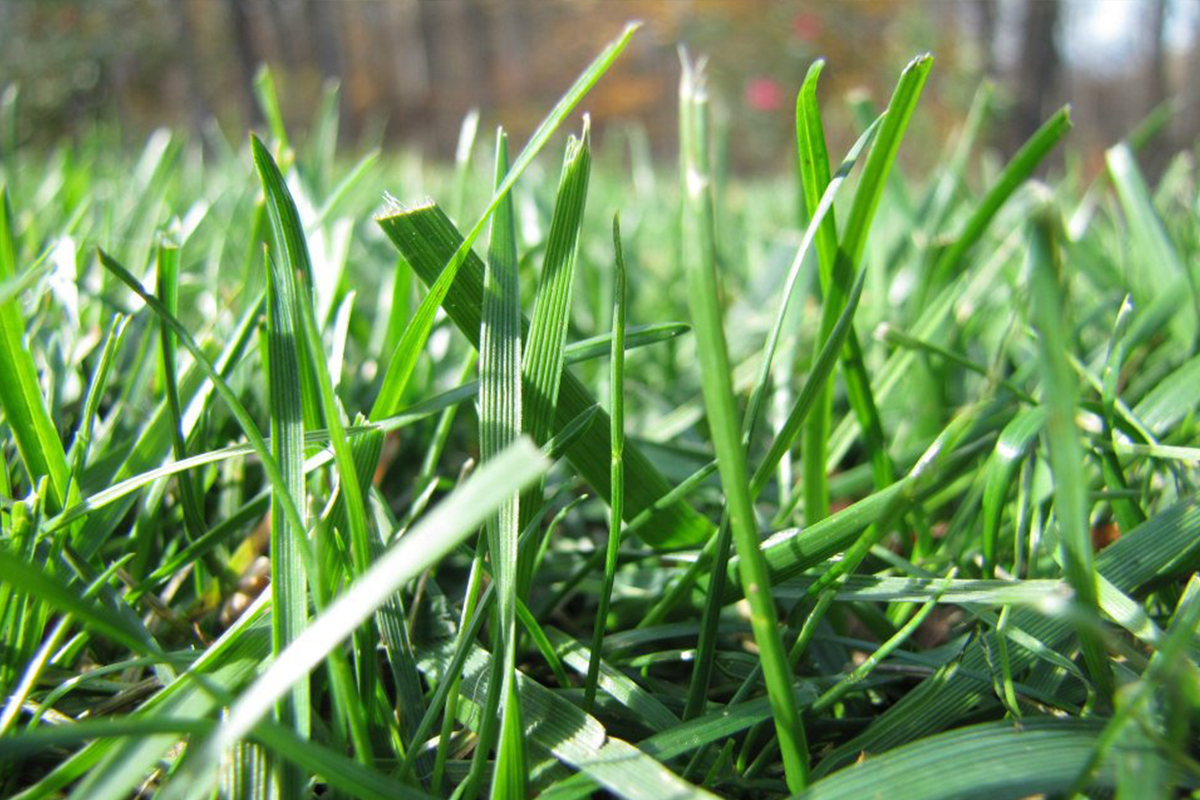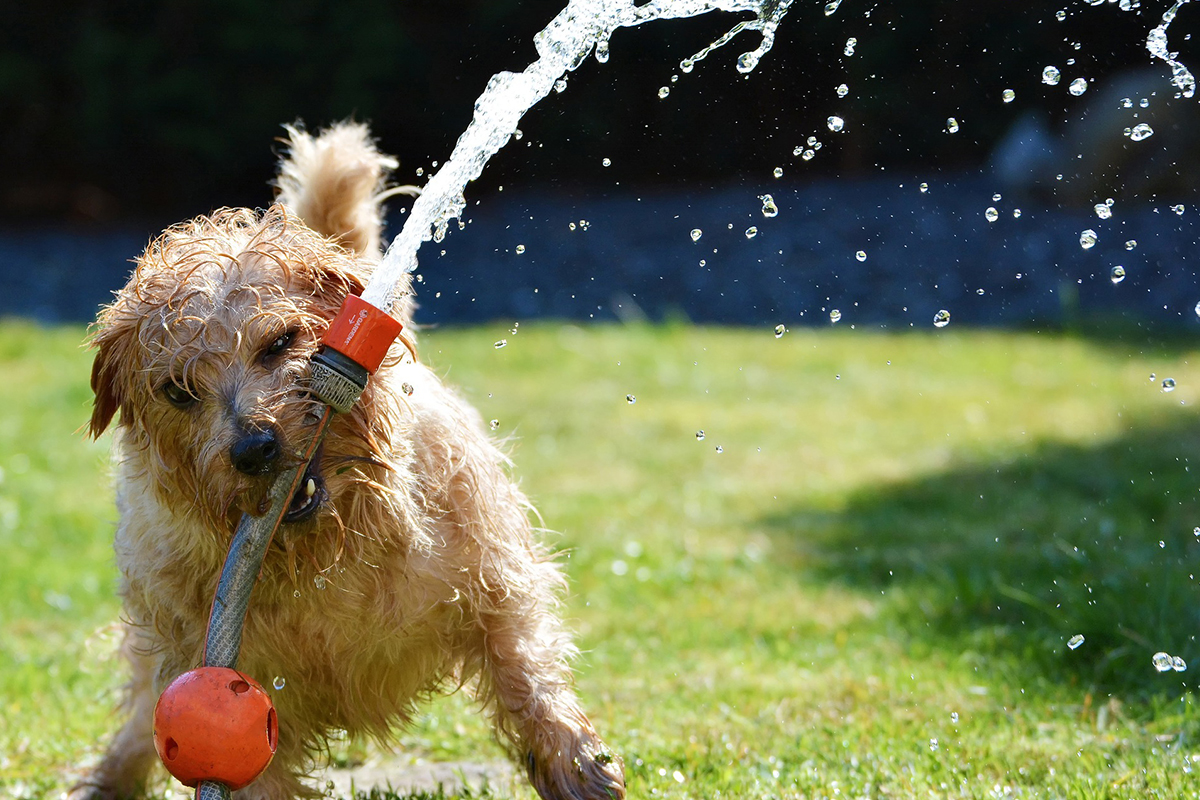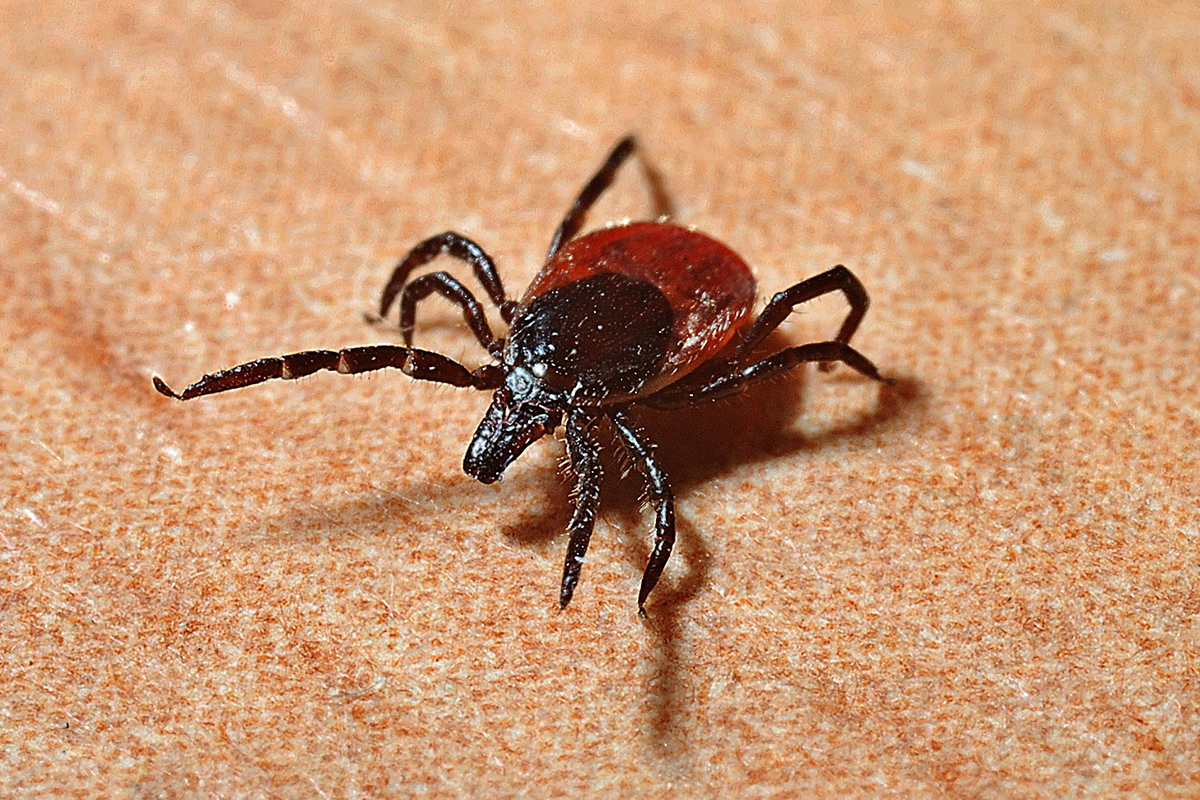Here in the New River Valley of Virginia, we’ve seen a wet summer so far. While we’ve had some hot, muggy days, we’ve had plenty of unseasonably cool temperatures too. Despite some of the cooler weather, homeowners may be starting to notice some problematic grasses popping up in their lawns.
What kinds of problematic grasses are we talking about? Well, crabgrass is the one that most everyone knows about. But in our area, we also see a lot of bermudagrass, nutsedge, barnyard grass, and goosegrass, most of which are types of summer grasses. Since most lawns in the NRV are cool season grasses, when these summer grasses sprout up and infiltrate our lawns during this time of year, our yards lose the uniform look that most homeowners find desirable.
All of these types of grasses love the hot, dry conditions of summer, which is why we begin seeing them pop up at this time of year. So as we move toward the dog days of summer that will probably arrive by July, we’re likely to see even more.
Many of the grasses we mentioned are mistaken for crabgrass. So we thought we’d put together a little information for you on all these various problematic grasses, how to identify them, and what to do about them.
Crabgrass
A summer annual grass, crabgrass has earned itself a reputation as one of the most problematic weeds in the minds of many homeowners. It emerges and grows very quickly and is very difficult to control. Crabgrass has a rolled stem and thicker blades as it matures. There are two main types of crabgrass, large and smooth. Smooth crabgrass has shorter, wider leaves and fewer hairs than large crabgrass.
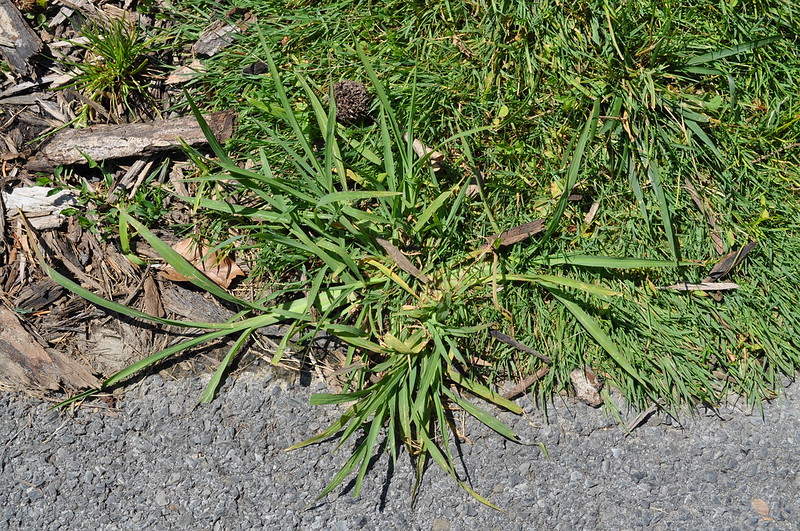
Large crabgrass (Digitaria sanguinalis). Photo by NY State IPM Program at Cornell University via Flickr CC BY 2.0
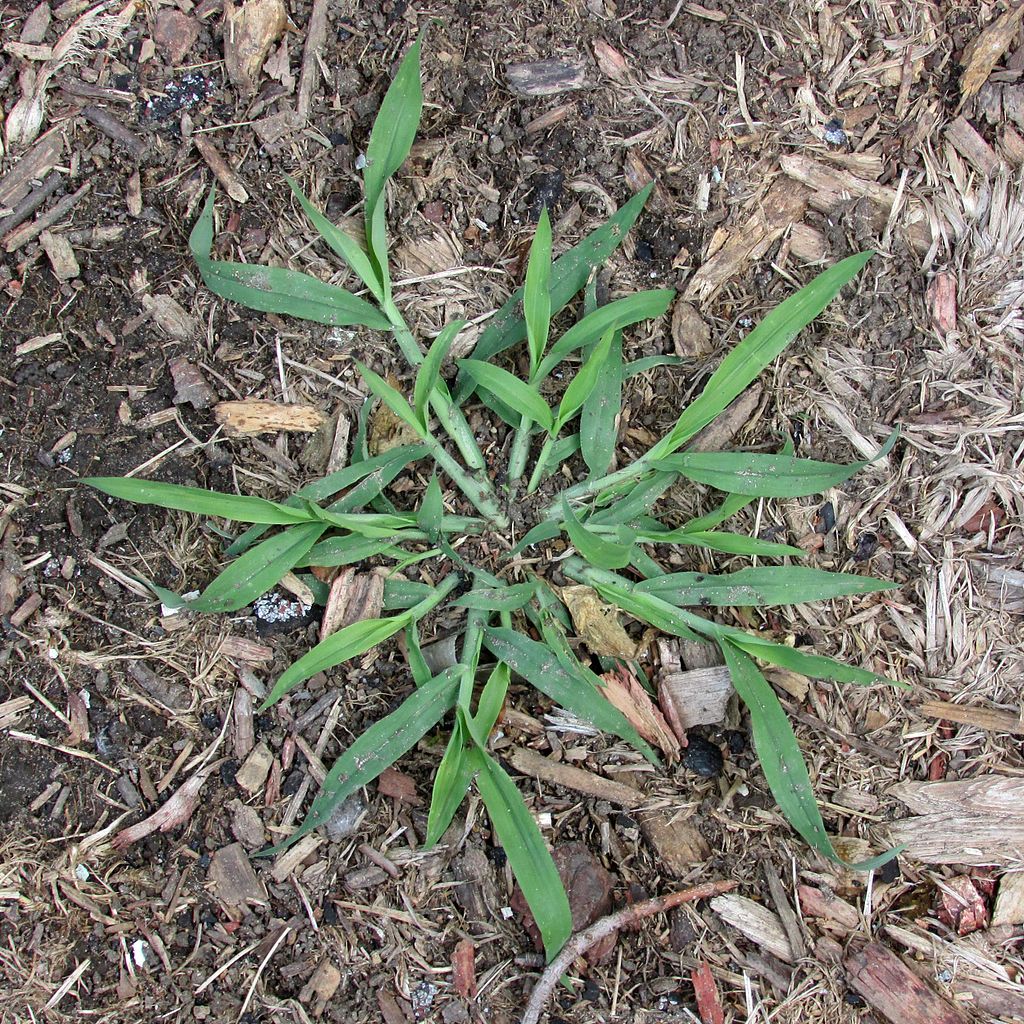
Smooth crabgrass (Digitaria ischaemum). Photo by R. Dyer, Bugwood.org / CC BY 3.0
Bermudagrass
Bermudagrass (Cynodon dactylon) is technically a warm season grass, although it’s considered a weed here in the NRV because it infiltrates our mostly cool season grass lawns. It’s extremely fast growing and spreads rapidly, making it very difficult to control. It often spreads from lawns into landscaped beds and gardens, causing a lot of frustration for homeowners.
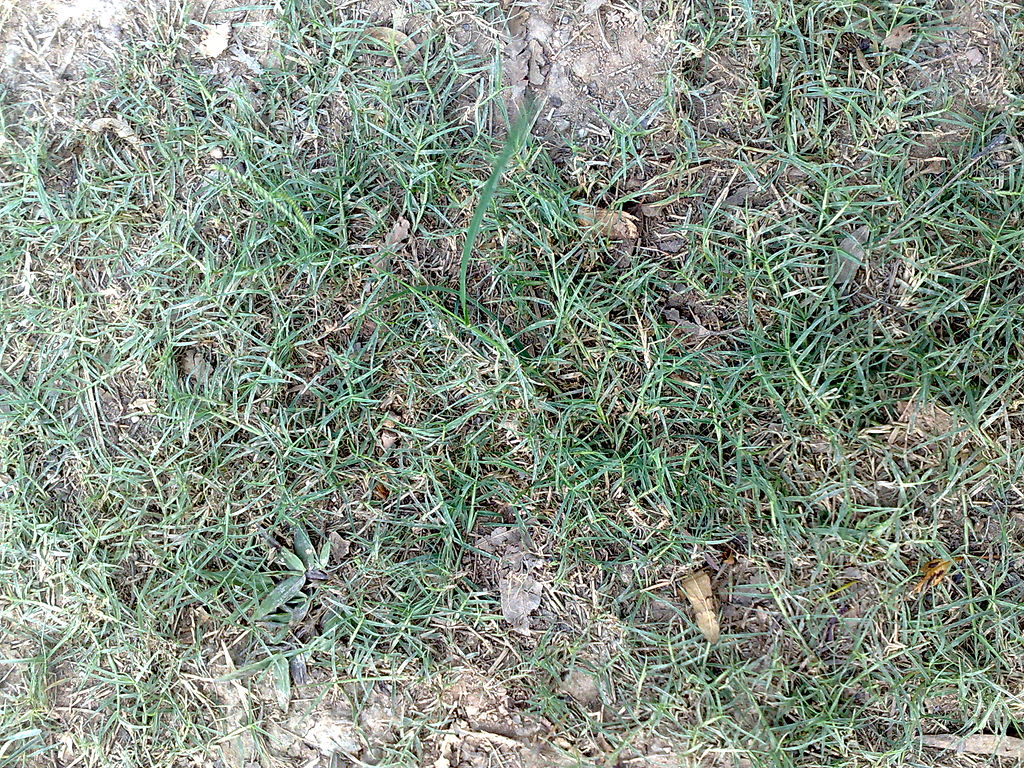
Barnyard Grass
Barnyard grass (Echinochloa crus-galli) is an annual grassy weed. In addition to lawns and landscaped areas, it grows commonly in pastures and along roadsides and ditches. As a young plant, it grows along the ground, causing it to look similar to crabgrass. It has flat, smooth leaves and a characteristic purple hue near its base. As it grows, it can get as tall as 5 feet and develops a clustered flower head that can also have a purple tint.
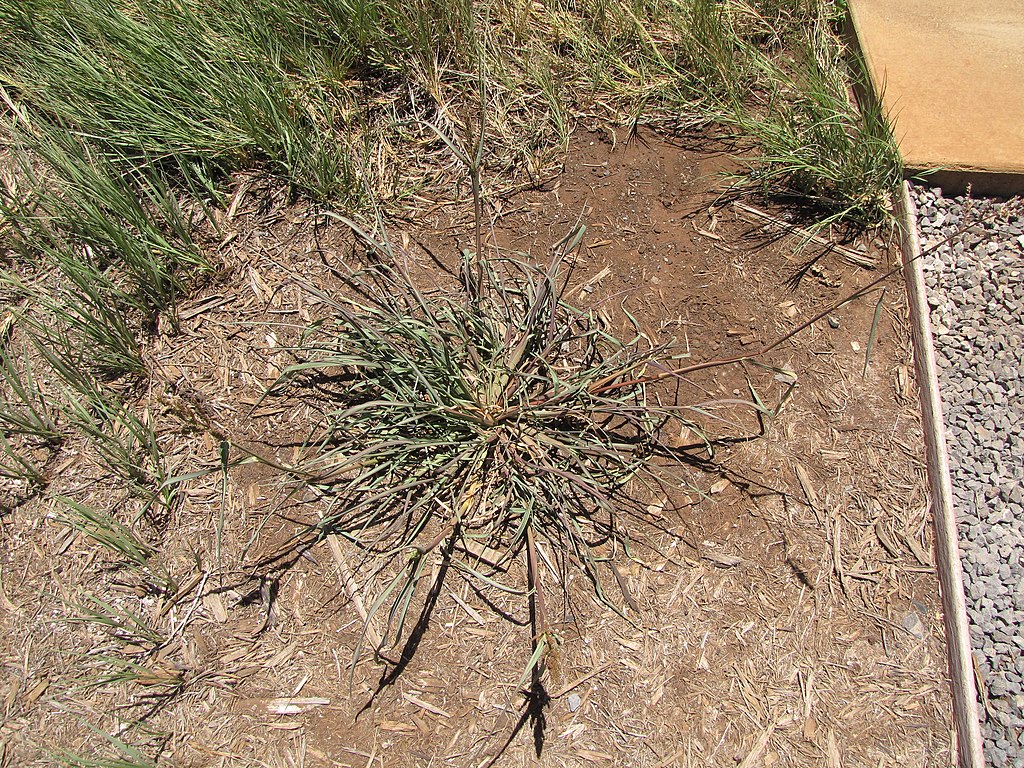
Barnyard grass. Photo by Forest and Kim Starr via Wikimedia Commons CC BY 3.0
Goosegrass
Goosegrass (Eleusine indica) is another troublesome summer annual weed that is often mistaken for crabgrass. Like barnyard grass, it grows prostrate as a young plant. Its base is white and the thick shoots radiate out from there.
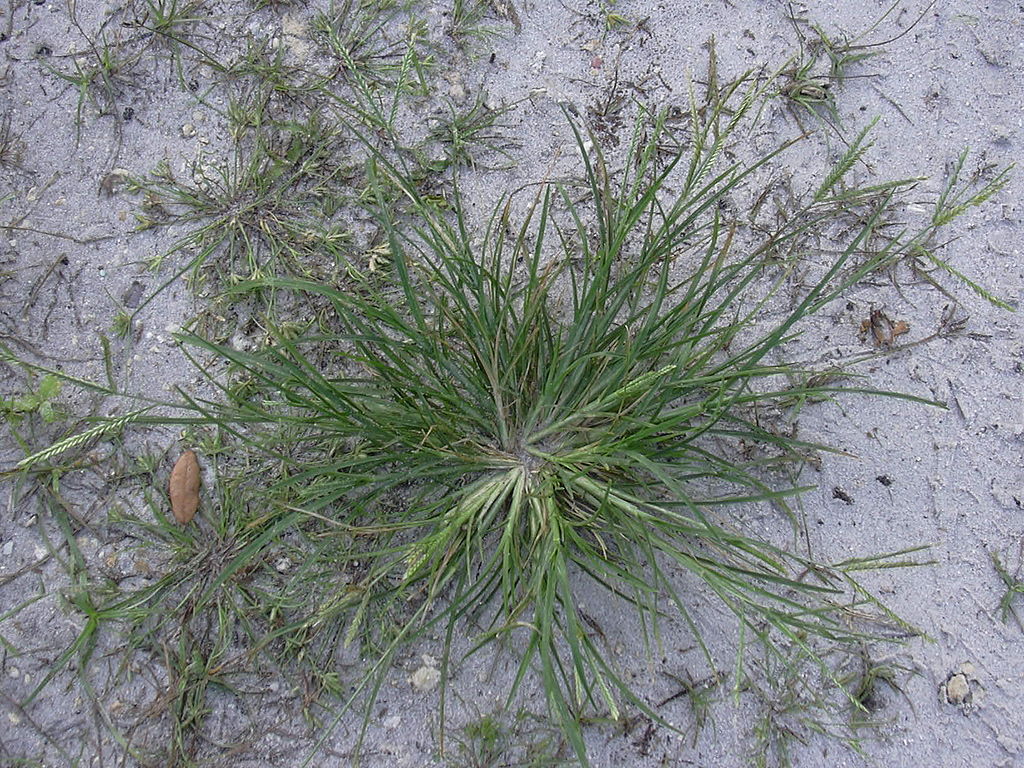
Goosegrass. Photo by Forest and Kim Starr via Wikimedia Commons CC BY 3.0
Nutsedge
Patches of yellow nutsedge (Cyperus esculentus L.) often pop up in our area and are extremely fast growing. This grass-like weed is not actually a grass, but a type of sedge. Sedges can be identified by a triangular shaped stem and plant when viewing them from above. Its leaves are thicker and stiffer than turf grass and may appear waxy.
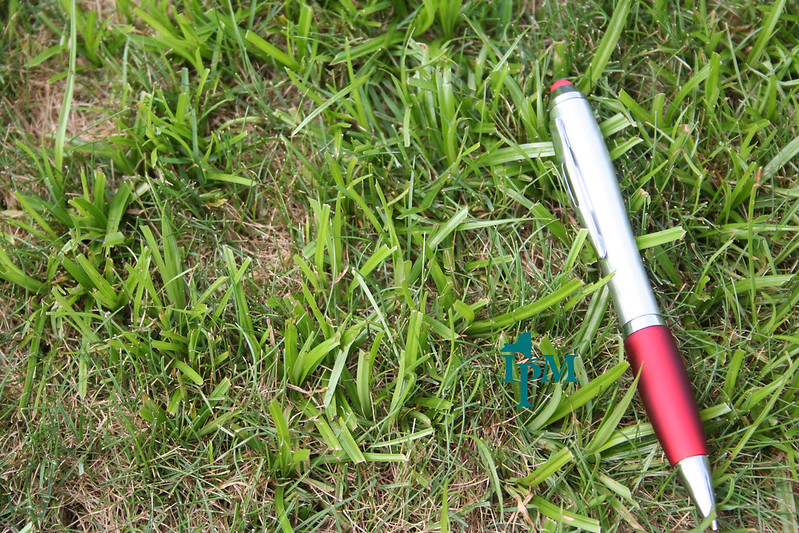
Yellow nutsedge in a lawn. Photo by NY State IPM Program at Cornell University via Flickr CC BY 2.0
Green Care Can Help Control Problematic Summer Grasses
As you can see, there are many types of grasses besides crabgrass that can infiltrate your lawn. Trying to identify and control them on your own can be difficult. So let Green Care help! We treat for all these grasses beginning in July with 2-3 treatments. If you’re ready to be rid of these grasses and get your uniform, lush lawn back, give us a call today for more information.

